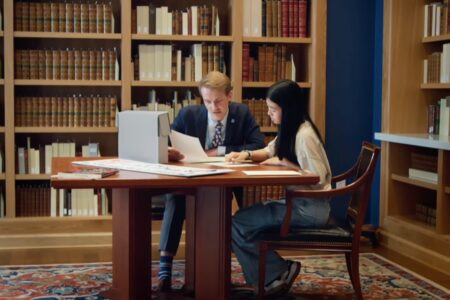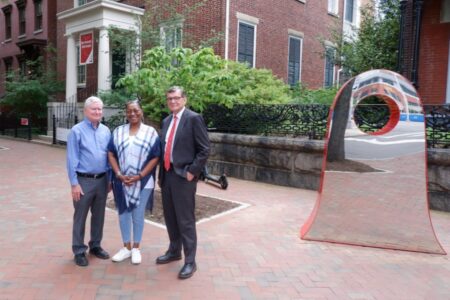In 1842, a year before the publication of his book, A Christmas Carol, the world-famous British author Charles Dickens came to Richmond during an American tour. For his 3-day visit, he stayed at the new and luxurious Exchange Hotel at 14th and Franklin Streets, visited the state library, attended a legislative session, toured tobacco factories, and visited nearby plantations.
 The city’s businessmen hosted a lavish dinner, where Richmonders toasted Dickens with praise and the author praised Richmond’s hospitality. Everyone thought the visit had gone splendidly, until the publication of the author’s travelogue, American Notes for General Circulation, just six months later.
The city’s businessmen hosted a lavish dinner, where Richmonders toasted Dickens with praise and the author praised Richmond’s hospitality. Everyone thought the visit had gone splendidly, until the publication of the author’s travelogue, American Notes for General Circulation, just six months later.
A staunch abolitionist, the author singled out the Richmond area for the misery he witnessed. Dickens recalled traveling on the same train with an enslaved family that had just been torn apart. Describing the plantations in the area, he noted the squalid slave cabins and the barely clothed children “wallowing in the dirt.” The factory conditions of the enslaved in the city were just as critically described, as was the “decay and gloom” that hung over a city so dependent on these degradations. He made an effort to humanize the enslaved for his readers: “To those who are happily unaccustomed to them, the countenances in the streets and laboring places, too, are shocking.”
Dickens implied as well that the need to dampen these horrors may have explained why Richmonders drank so much. Ouch. The people of Richmond were quite surprised by how their city had been represented in the famous author’s new book. He did admire our natural scenery, our state library, and our mint juleps, though they weren’t enough to compel him to come back. When he returned to the United States in 1867, he went no further south than Washington, D.C.
Photos: Cook Collection, The Valentine








